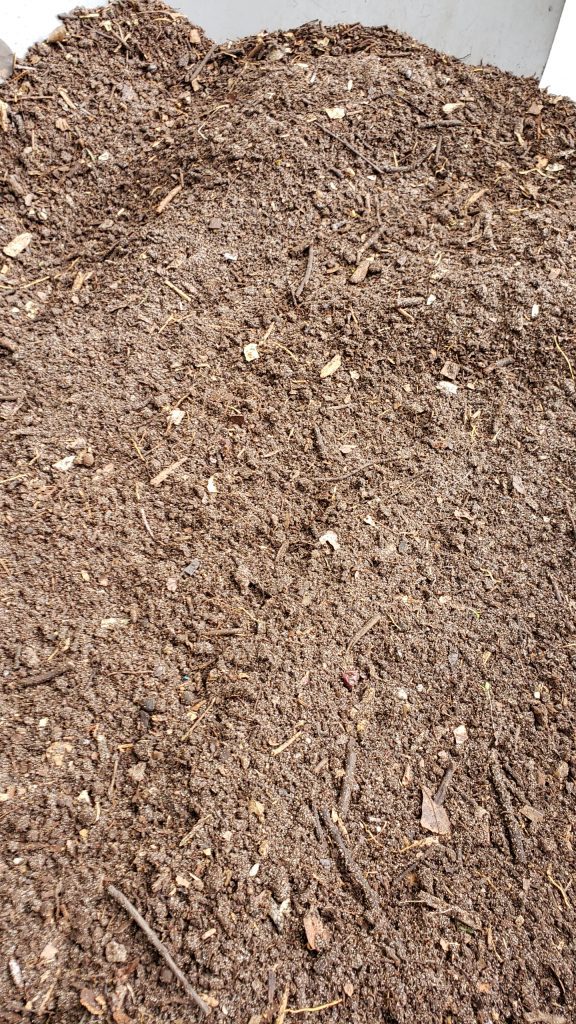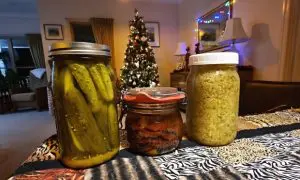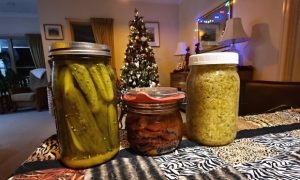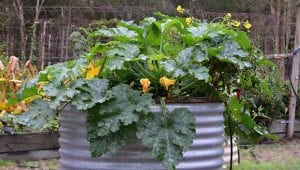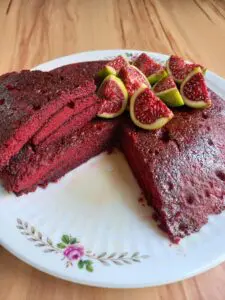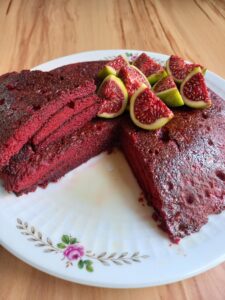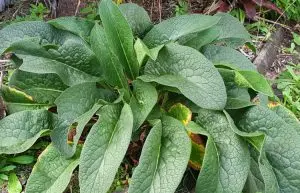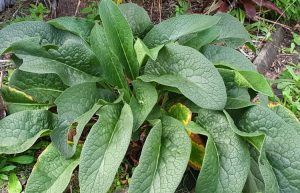In the past few years, the Art of Gardening has gained tremendous popularity, to the point where it is now mainstream. Students, teachers, grandmums and neighbours are all doing it. It’s the “in thing”! Gardening is cool! Let’s keep it that way!
With the rise of gardening, resources and articles are globally produced, providing us with expert instruction on the best way to garden, and the right way to do it. Among these articles and sometimes found as the centre of many heated debates is a subject everyone pauses to read: Composting.
Composting can make you feel like the Creator. Take material of any matter, and produce from it precious black gold, which new life can begin. A life that you planted. It’s no wonder why so many people have their opinions on the matter.
Well, if you are a gardener too, don’t worry. You can create Earth too! Relax, it’s just compost!
What is compost other than black gold, the creation of the Gods? Compost is aged organic material. As you gather organic material such as table scraps, paper, hair, dryer lint, mulch, leaves, twigs, grass clippings and any other material, you combine them in a pile to let them decay.
With the assistance of various critters such as earthworms and beneficial nematodes, the organic matter is broken down and turned into lovely soil that is nutrient-dense.
If compost is so easy to explain, then why all the huff about how to create it? Is there a right way and a wrong way to make compost?!? Relax! Just like gardening, there are things that work better for others, and maybe not so well for you. Perhaps vice versa!
You are the Creator of your garden, and you need to do what works best for you. My intent is to give you a better understanding with a brief introduction to composting.
Whilst there are many great ways to compost garden waste and kitchen scraps, the simple Bokashi method comes to mind, in my opinion, the two most popular ways of composting are hot composting and passive (cold) composting.
Each has its own benefits. When you hot compost, the organic matter tends to break down more quickly and can kill off any bad bacteria and weed seeds that may have made it into the compost.
Hot composting, I feel, is also a bit more intensive to maintain. You must make sure your balance of green (new and wet material) and brown (dry and old material) are evenly mixed, you must also maintain enough nitrogen to generate heat within your pile.
Additionally, you may even need to buy specialized equipment such as a compost thermometer to make sure you are sustaining the correct temperature. For me, that is a little too much work.
What I would like to focus on is passive composting, my preferred method. Passive composting reflects my gardening style, which is more of a “go with the flow” kind of garden.
Although it takes more time to produce, it requires much less effort, and I have had great results. As with gardening, my methods may or may not work for you, or you may even need to adapt a few things in order for them to work best for you.
In order to passively compost, you will need an area large enough to build a 3-bay composting system. This area can be as big or as little as you need.
The concept of these bays is to pile all your organic material into Bay 1. As time progresses, you turn Bay 1 over into Bay 2. Now that Bay 1 is empty, you start loading new organic material into it. Bay 2 is left alone. Again, after time progresses you repeat this process. Bay 2 moves to Bay 3, Bay 1 is moved to Bay 2, and Bay 1 is refilled. By the 3rd cycle, the material in Bay 3 should be ready for garden use.
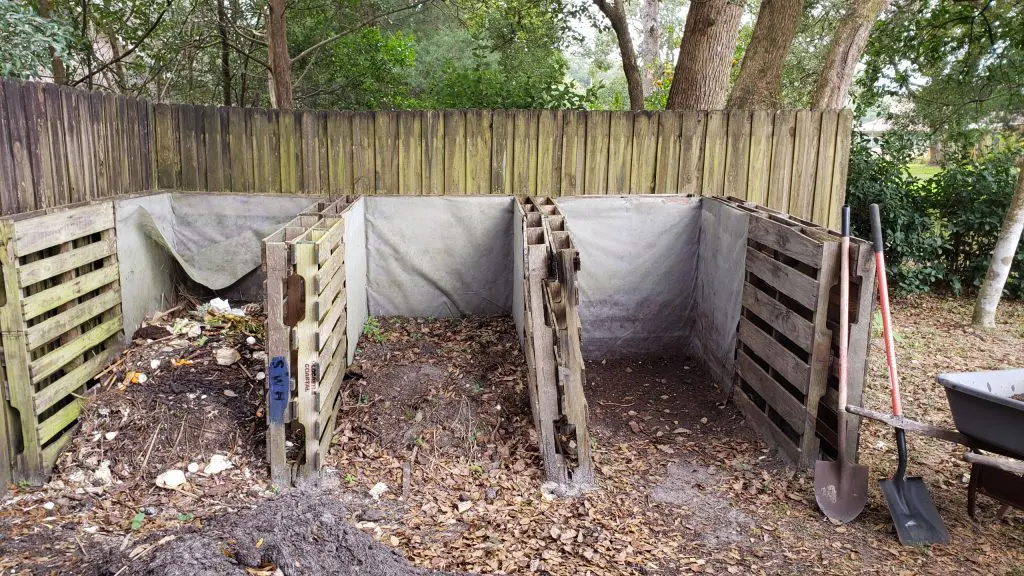
In my scenario, I rotate my bays every 3 months. I do not touch anything in the bays until it’s time to rotate. The exception is Bay 1, and only to add more material to it. I also do not turn or rotate the piles in their bays, which defeats the point of passive composting!
I usually do not care to have a balance between green and brown material, but I do make sure the pile in Bay 1 is wet enough and also doesn’t stink. If there is an odour, I may add some brown material to cover it up.
I do tend to avoid adding material that attracts predators, such as meat and bones. Fruits may also attract animals, but I try to bury them into the compost pile as best as I can.

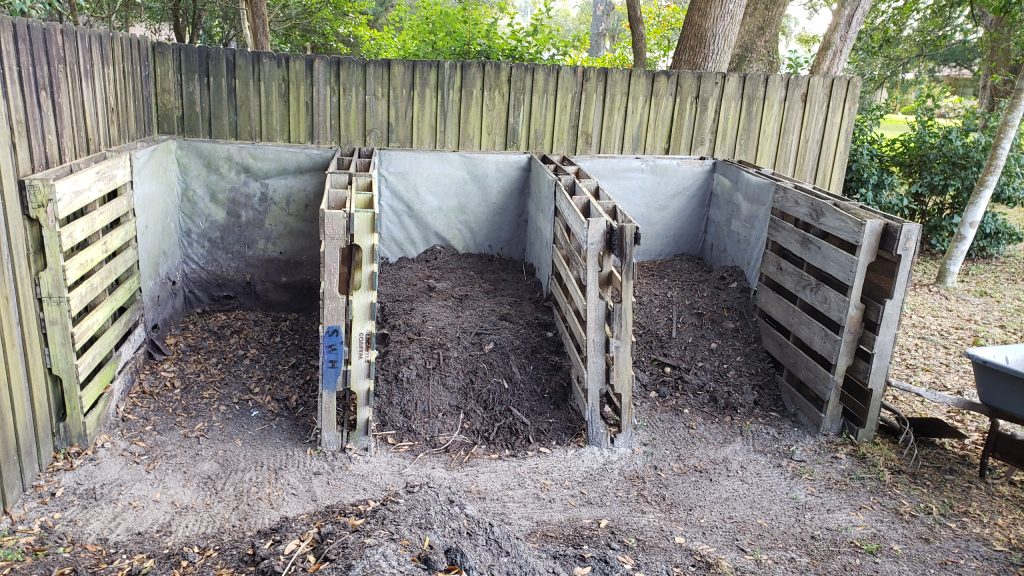
After 3 months, all contents in Bay 3 are screened and ready for use in the garden. As a reminder, in this method, there may be weed seed in the compost, and I will admit I do pull lots of weeds from my pots and beds.
It’s no big deal to me, I just go with the flow! If this is troublesome for you, you can solarize your new compost by covering it with a clear tarp and placing it in direct sun for 2-4 weeks to cook it.

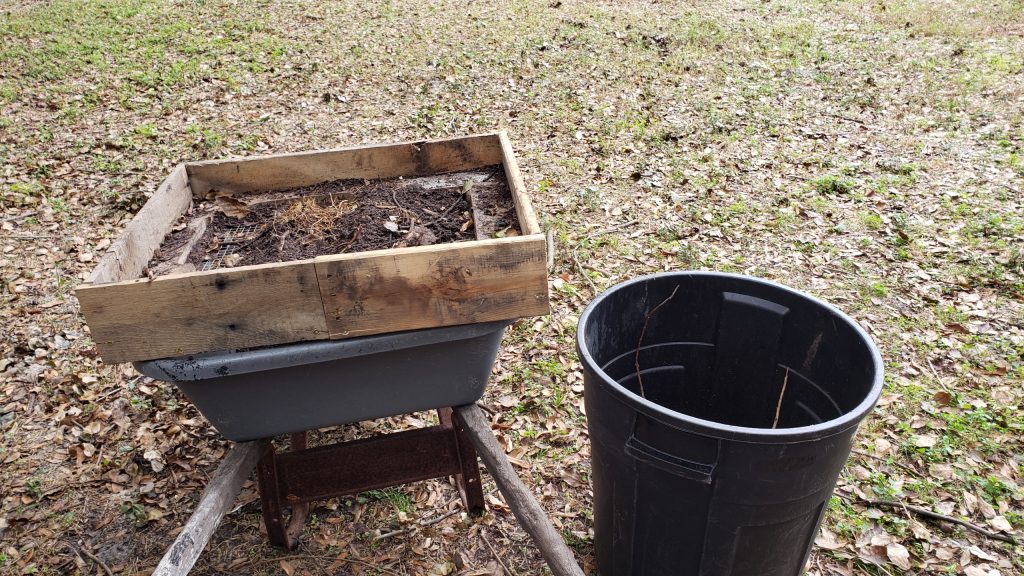
That’s pretty much it! Composting does not need to be a strenuous and calculated activity if you don’t want it to be. Whether you decide to hot or passively compost, relax. Remember that you are the Creator, and the plants you give life to will thank you for it!

